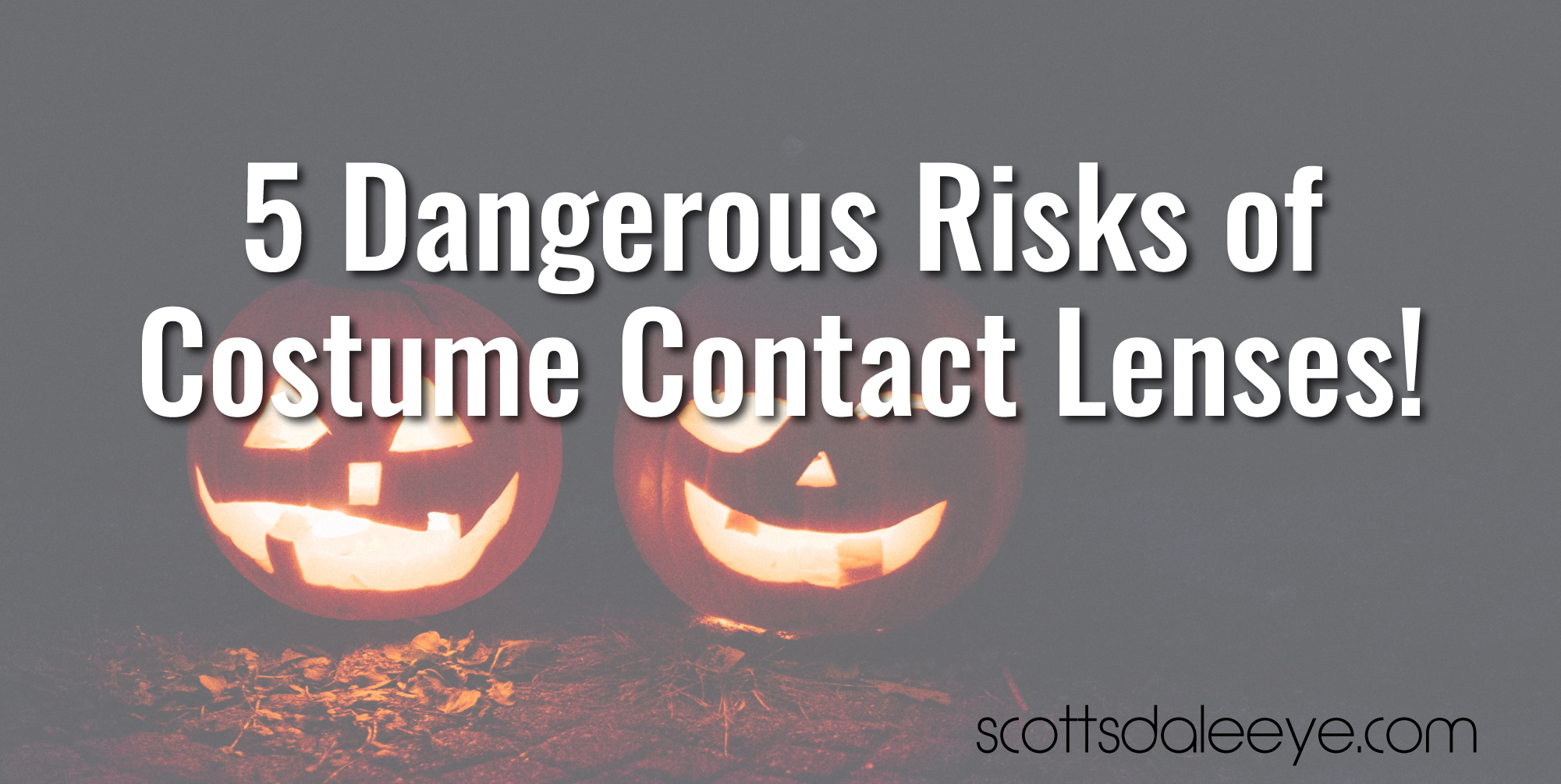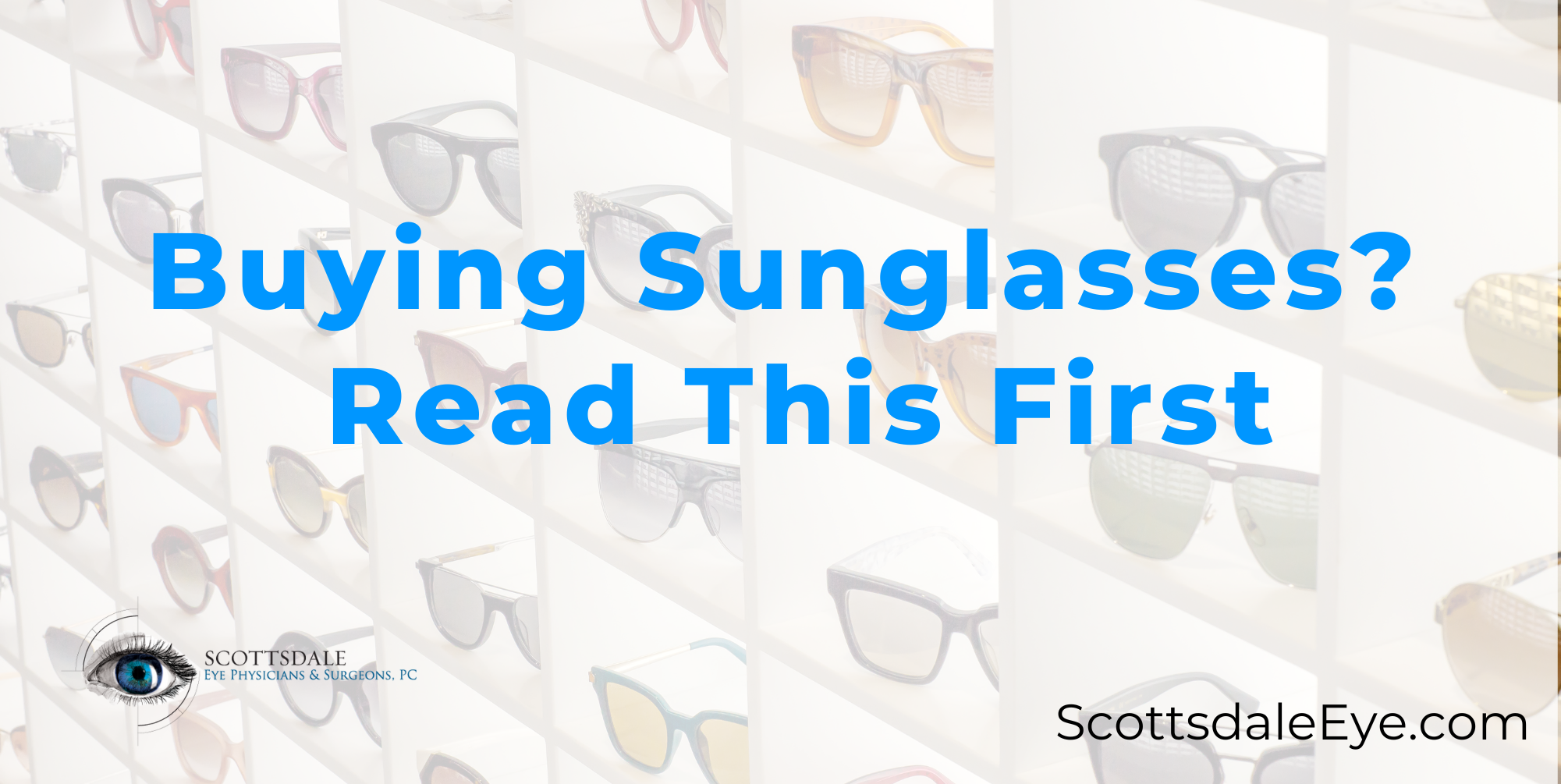October is Eye Injury Prevention Month!
You might think that the family home is a fairly unthreatening setting. And responses to a recent public survey commissioned by the American Academy of Ophthalmology show that people generally agree.
- Less than half of survey respondents mentioned the home — especially the yard or garage — as the most common site of serious eye injury.
- Only 35 percent of those surveyed always wear protective eyewear when doing home repair or projects.
However, medical statistics tell a different story: nearly half of all eye injuries each year occur in and around the home, and home-based injuries are increasing each year.
This alarming trend is why the American Academy of Ophthalmology and the American Society of Ocular Trauma now recommend that every household have at least one pair of ANSI-approved protective eyewear for use during projects and activities that may present risk of injury. (ANSI-approved protective eyewear is manufactured to meet the American National Standards Institute eye protection standard.) Here are some common places for eye injuries to occur:
In the house:
- Using hazardous products and chemicals, such as oven cleaner and bleach for cleaning and other chores (accidents involving common household products cause 125,000 eye injuries each year)
- Cooking foods that can splatter hot grease or oil
- Opening champagne bottles during a celebration
- Drilling or hammering screws or nails into walls or hard surfaces like brick or cement; the screws or nails can become projectiles or fragments can come off the surface
- Using hot objects such as curling irons around the face; inadvertent contact with the user’s eyes can cause serious injury
- Loose rugs and railings or other hazards that could cause falls or slips
In the yard:
- Mowing the lawn
- Using a power trimmer or edger
- Clipping hedges and bushes
In the garage or workshop:
- Using tools (power or hand)
- Working with solvents or other chemicals
- Any task that can produce fragments, dust particles or other eye irritants
- Securing equipment or loads with bungee cords
For more eye-healthy tips, visit geteyesmart.org.
This article reprinted with permission from the American Academy of Ophthalmology’s EyeSmart® program (www.geteyesmart.org).



